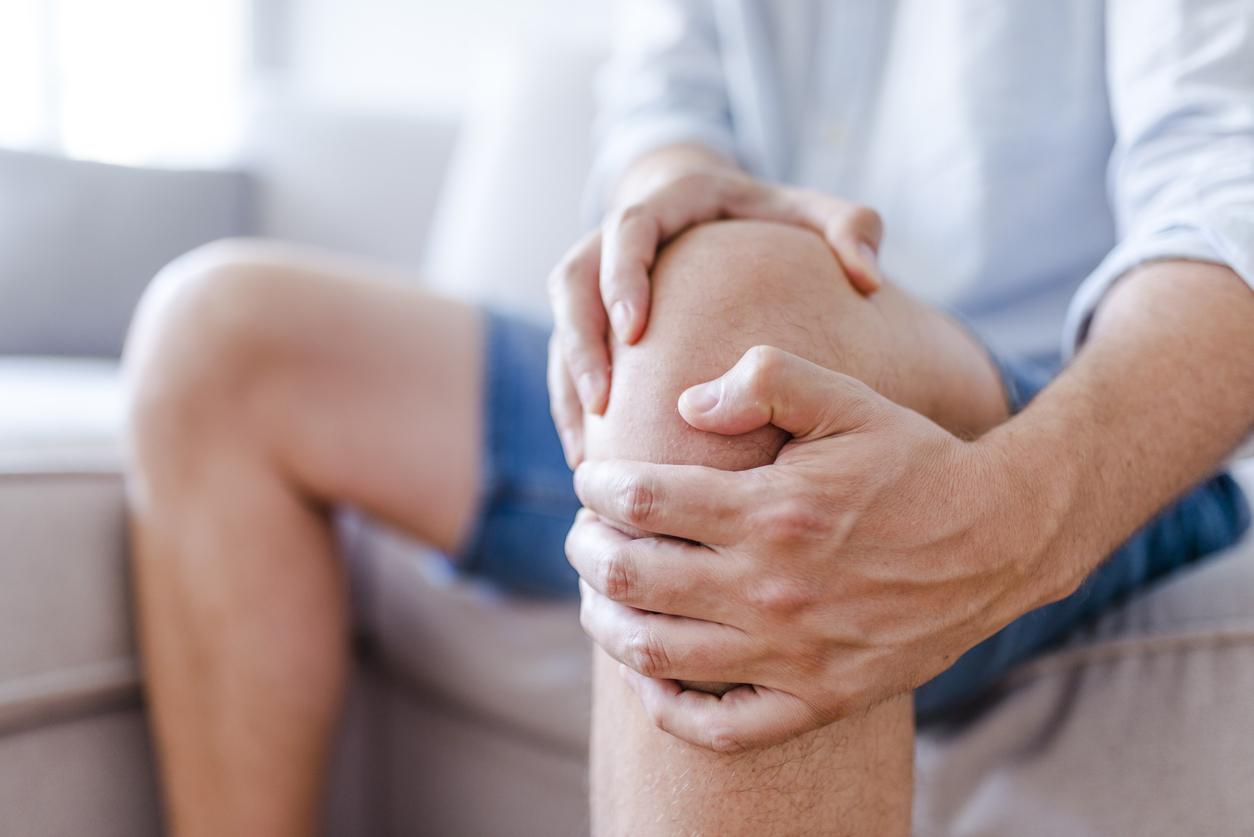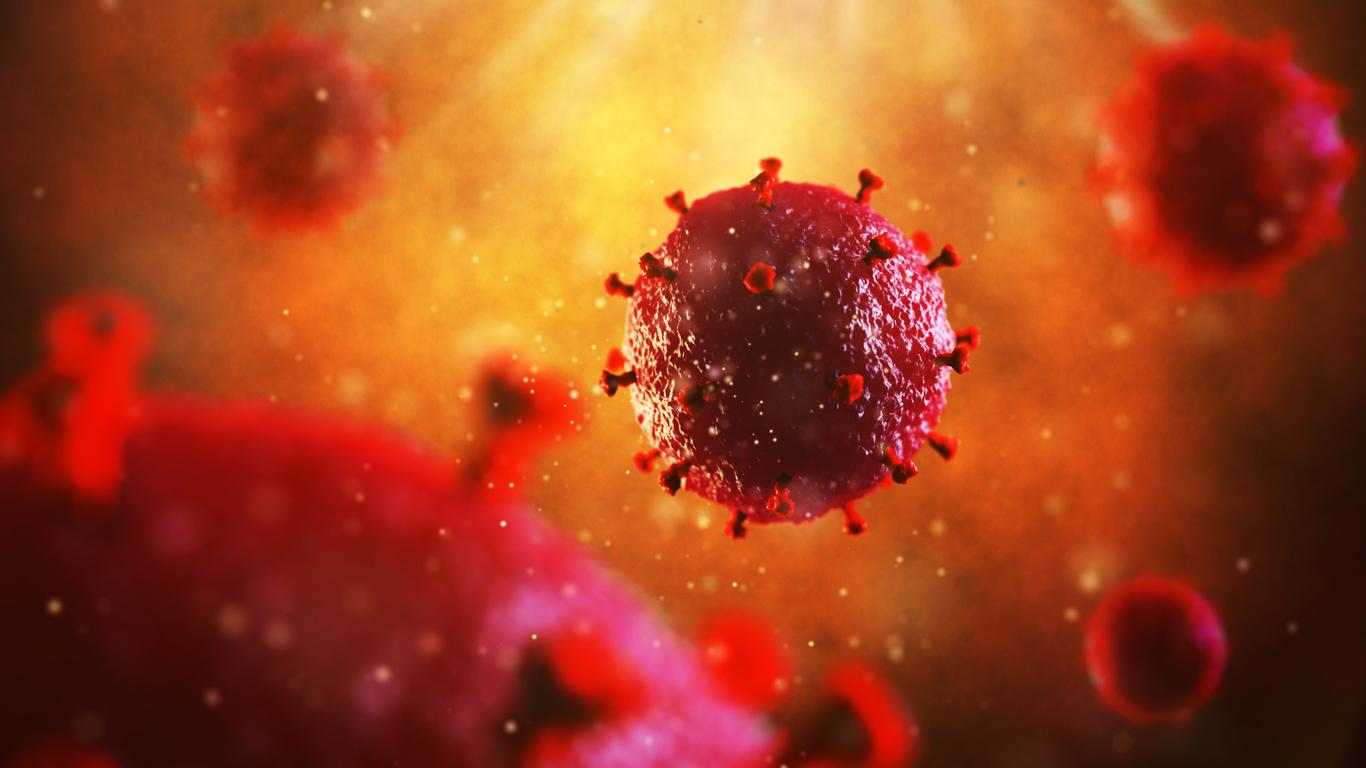Joint pain when you wake up, stiffness that persists for more than 30 minutes, joints that swell … This may be a problem. rheumatoid arthritis (PR). This inflammatory disease affects nearly 300,000 people in France, three quarters of which are women. If this is your case, see your doctor promptly. “This disease of the synovial membrane, attacked by the patient’s immune system, is a therapeutic emergency”, insists Dr Laurent Grange, rheumatologist at the CHU Grenoble.
Stop the destruction of the joints …
“By quickly starting an effective treatment, it is possible to avoid or stop the destruction of the joints and to live almost normally with the disease,” explains our specialist. Once the diagnosis is made, it is a question of obtaining remission or, at least, a low activity of the disease in six months. The standard treatment is methotrexate, a molecule used in low doses for its immunomodulatory action (which regulates immune reactions). During the time it works, symptomatic treatments, such as cortisone and painkillers, are prescribed to fight inflammation and pain. After a period of three or four months, if that does not work, we move on to biotherapies, alone or in combination. “
… thanks to treatments that block inflammation
Biotherapies act in a very targeted manner by blocking one of the mechanisms that cause inflammation. There are many: TNF alpha (Remicade®, Enbrel®, Humira®, Simponi® or Cimzia®), interleukin 6 (RoActemra®). Another category: T (Orencia®) or B (Mabthera®) lymphocytes.
The objective of these powerful drugs: to stop the inflammatory cascade which inexorably leads to the destruction of the joints. They are chosen according to the profile of the patient, his disease, side effects and the result obtained. The therapeutic arsenal being important, there is necessarily an effective molecule or association. Next expected drug, tofacitinib, which blocks the inflammatory cascade at another level. It will be available in tablets, a considerable advantage for patients … European authorities are still awaiting details on its side effects before authorizing it.
Good follow-up is essential
At the start of treatment, patients are followed every one to three months, then every six months. “Today, we are tailor-made,” explains Dr Grange. The doses are spaced out or reduced, or even increased, as the case may be. Local treatments, infiltrations, preventive surgery, rehabilitation sessions … are offered according to the reaction of each patient, according to the results of blood tests, X-rays, ultrasounds … Regular consultations and examinations make it possible to detect the awakening of inflammation before the onset of pain. It is not because we do not suffer that the disease does not progress. “Complete check-ups also make it possible to detect undesirable effects, linked above all to the reduction in immune defenses under the effect of drugs. So to prevent possible complications, especially infections and skin cancer.
Know your illness to live better with it
Polyarthritis benefits from comprehensive care in which therapeutic education occupies an important place. “It has clearly improved the support for patients”, underlines Dr Grange. In practice, it helps them to know their disease, to adapt their lifestyle and to use the treatments well. It also teaches them how to watch out for side effects, namely how to react in the event of an abnormal reaction. This support brings together professionals (doctors, nurses, pharmacists, physiotherapists, etc.) and patient-experts, who have received specific training. “If the medical team speaks to us, the patient-experts understand us,” say the patients.
Finally, therapeutic education sessions are an opportunity to meet other patients, to discuss daily difficulties, administrative constraints and various aids … A good way to stay active while taking care to fight. against fatigue.
















